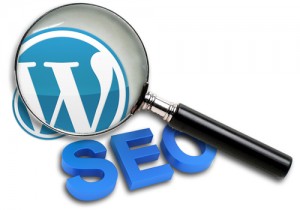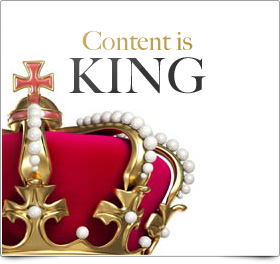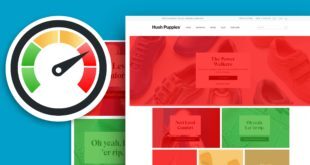 Adjusting crucial on-page factors like titles and meta-descriptions is the first step in building a successful search engine optimization campaign. Unfortunately, keeping every page on your website fully optimized for search engine crawlers at all times can be time-consuming and tedious, especially if you’re publishing a large volume of content on a regular basis. Consider the following three most important facets of on page SEO for WordPress blogs:
Adjusting crucial on-page factors like titles and meta-descriptions is the first step in building a successful search engine optimization campaign. Unfortunately, keeping every page on your website fully optimized for search engine crawlers at all times can be time-consuming and tedious, especially if you’re publishing a large volume of content on a regular basis. Consider the following three most important facets of on page SEO for WordPress blogs:
Theme Adjustments
The first step in optimizing on page attributes in a WordPress blog is to make a few basic adjustments to your theme. Go to the appearance menu, and then select edit. Once you’re there, open single.php and look for the line that reads <?php the_title() ?>. Ensure that this line is surrounded by H1 tags, and not H2 or H3 tags, as H1 are the most authoritative in the eyes of search engines. In addition, you’ll also want to remove any ahref tags that surround the aforementioned code, as these will cause the post title to link to itself, and any page that links to itself is detrimental to SEO. Another theme adjustment that can help with on page optimization should be made within the header.php file. In this file you should replace all instances of the code “<?php bloginfo(‘name’); ?>” with the preferred name of your blog to aid search engine crawlers in the process of indexing your site.
Content Development and Posting
 The most important aspect of content development in regards to on page SEO is keyword density and placement. Try to ensure that no more than 1 to 2% of your content is comprised of the main keywords you’re targeting. In other words, if your page contains a 500 word article you wouldn’t want more than 5 to 10 words to be primary keywords. It is also good idea to place your keywords within the first and last 25 to 50 words of an article, as well as one time in the middle. A good way to aid in the indexing of the rest of your site, and boost rankings simultaneously, is to link to similar posts within your content. Furthermore, when you publish a page make sure you optimize the URLs that contain your target keywords/title. Image optimization is another important aspect of content development/publication, so don’t forget to use image alt tags to describe your photos using keywords as this could generate significant image search traffic.
The most important aspect of content development in regards to on page SEO is keyword density and placement. Try to ensure that no more than 1 to 2% of your content is comprised of the main keywords you’re targeting. In other words, if your page contains a 500 word article you wouldn’t want more than 5 to 10 words to be primary keywords. It is also good idea to place your keywords within the first and last 25 to 50 words of an article, as well as one time in the middle. A good way to aid in the indexing of the rest of your site, and boost rankings simultaneously, is to link to similar posts within your content. Furthermore, when you publish a page make sure you optimize the URLs that contain your target keywords/title. Image optimization is another important aspect of content development/publication, so don’t forget to use image alt tags to describe your photos using keywords as this could generate significant image search traffic.
Utilizing PlugIns
The easiest way to perform a variety of on page SEO tasks on an automated basis is to install WordPress plugins. Start with one of the all-inclusive solutions like All-In-One SEO Pack or Headspace2, both of which aid in the automation of creating optimized page titles, archive titles, tag titles, category titles, page formats, and meta-keywords. Headspace2 gives you the additional features of tag suggestions, built-in tracking codes for Google Analytics, custom metadata creation capabilities, and the ability to add JavaScript/CSS to each post individually. Once you have the basics covered you can begin adding other essentials like Google XML Site Maps, SEO Post Link, MaxBlogPress Ping Optimizer, and SEOPressor. SEO Smart Links will give you the ability to automatically interlink relevant pages using predefined keywords as anchor text. You can optimize title tags using SEO Title Tag, and automate the process of choosing ideal image tags using SEO Friendly Images. Once you have the aforementioned plugins installed and configured your on page search engine optimization attributes should remain optimal with each post you make.
 Cheapest Linux VPS Home for Cheap Virtual Private Server
Cheapest Linux VPS Home for Cheap Virtual Private Server 

